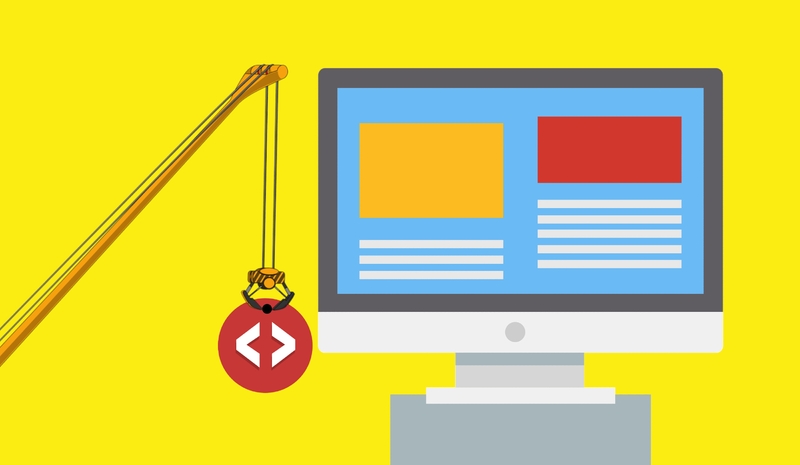Top Web Design Mistakes and Ways to Nullify Them

Web Design mistakes are very common in the digital space. Even with new digital platforms that help you build your own websites, it is very easy to make mistakes. A website is key to generating traffic and increasing interactions between interested parties. For example, if you search up Breakout escape rooms, you will come across the official website of that particular escape game.
The website is responsible for representing the brand and generating traffic for the brand as well. It is very important to design and manage your website in a way that helps whatever venture you have. Since web designing is such an important aspect of your digital footprint, you must make sure to learn from your own mistakes and avoid them in the future.
Top Web Design Mistakes and How to Nullify Them
If you want to increase your web view count and maintain a stable relationship with guest viewers, read along to improve your website and fix any mistakes you come across.
• Not making use of a Favicon:
Favicon is a word derived from a favorite icon, and this small icon is visible in the upper left corner of your website. This is used in browsers, toolbars, history, and search recommendations to easily access a particular website. Favicons increase traffic, improve user experience and boost the SEO of the website. It is a grave mistake not to use any favicons on your website.
Fix it: Contact a web designer who can help include any customized favicon for your website. You can also try to make a favicon by using readily available web designing tools.
• Not providing visible contact details:
It is really important that the users or guest viewers of your page can contact you. Not providing contact details like email ids, contact numbers, and any other forms of communication will leave users unsatisfied. It is also important to include locations or directions to your business establishment if necessary.
Fix it: Find a way to provide all necessary contact details and make sure they are visible to the user without any trouble.
• Slow loading time:
No user will not be willing to wait for the web page to load unless it’s within 5 seconds. To generate more traffic and user interaction with the site, it is important that your web page is responsive and fast.
Fix it: If your website exhibits a slow loading time, you can check the speed of your page. Images that are not optimized for web, background texture, and fancy front-end library files are a few of the reasons for this lag. Make sure to optimize them and remove unnecessary junk files.
• Having bad navigation setup:
A cluttering and haphazardly designed website will be unsightly for the users, especially if the navigation setup is wrong. The navigation menu should be easy to use. Without a standard navigation menu, websites can choose to go horizontally or vertically and make it complicated with drop-down menus, etc.
Fix it: Make sure to avoid a complicated navigation menu and only provide the important categories in the right order. Plan your navigation structure with your SEO goals in mind.
• Not being mobile-friendly:
The appearance of a website is different on a PC and on mobile. Your website must be mobile-friendly and suitable for different devices or screen sizes. The acceptance of your website will be drastically low if it is not suitable for mobiles.
Fix it: Test your website on different devices and use that data to set up the font size, navigation tools, and design elements so that it becomes mobile-friendly and more widely accessible.
Conclusion
A website is a major bridge between a user and any sort of venture. This is why it is important to design your website carefully and to make sure the websites are free from redundant mistakes.